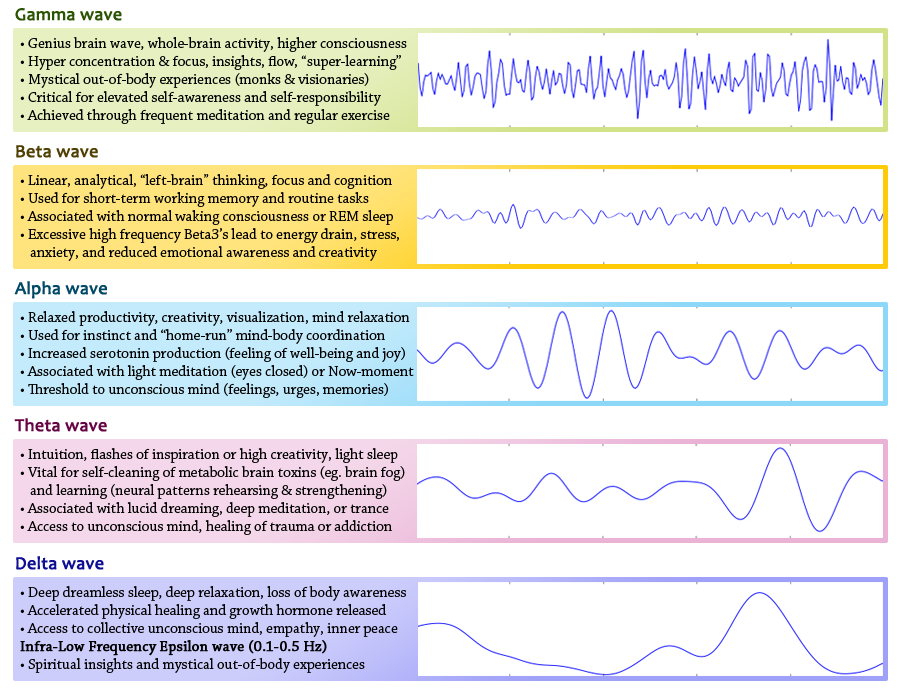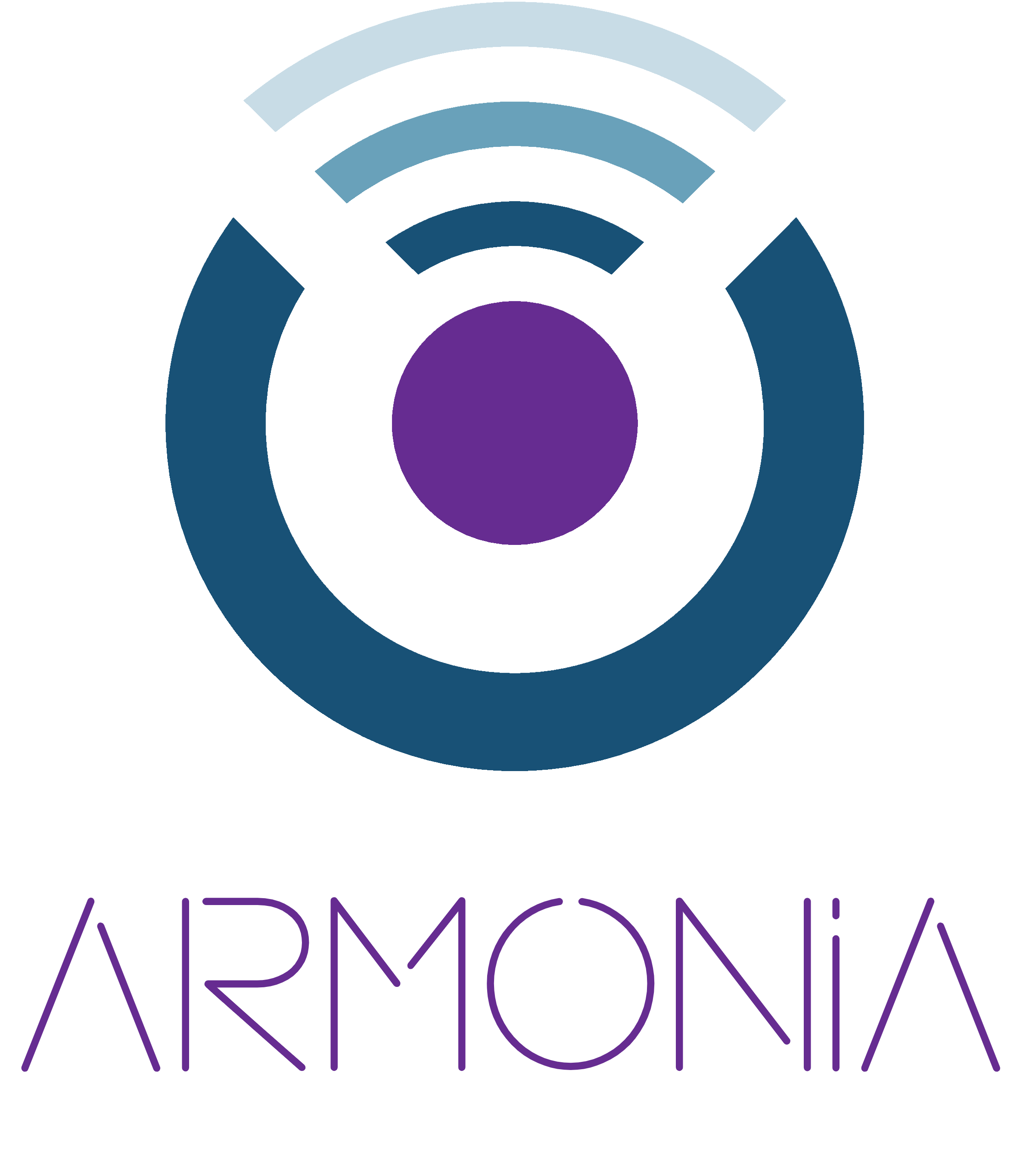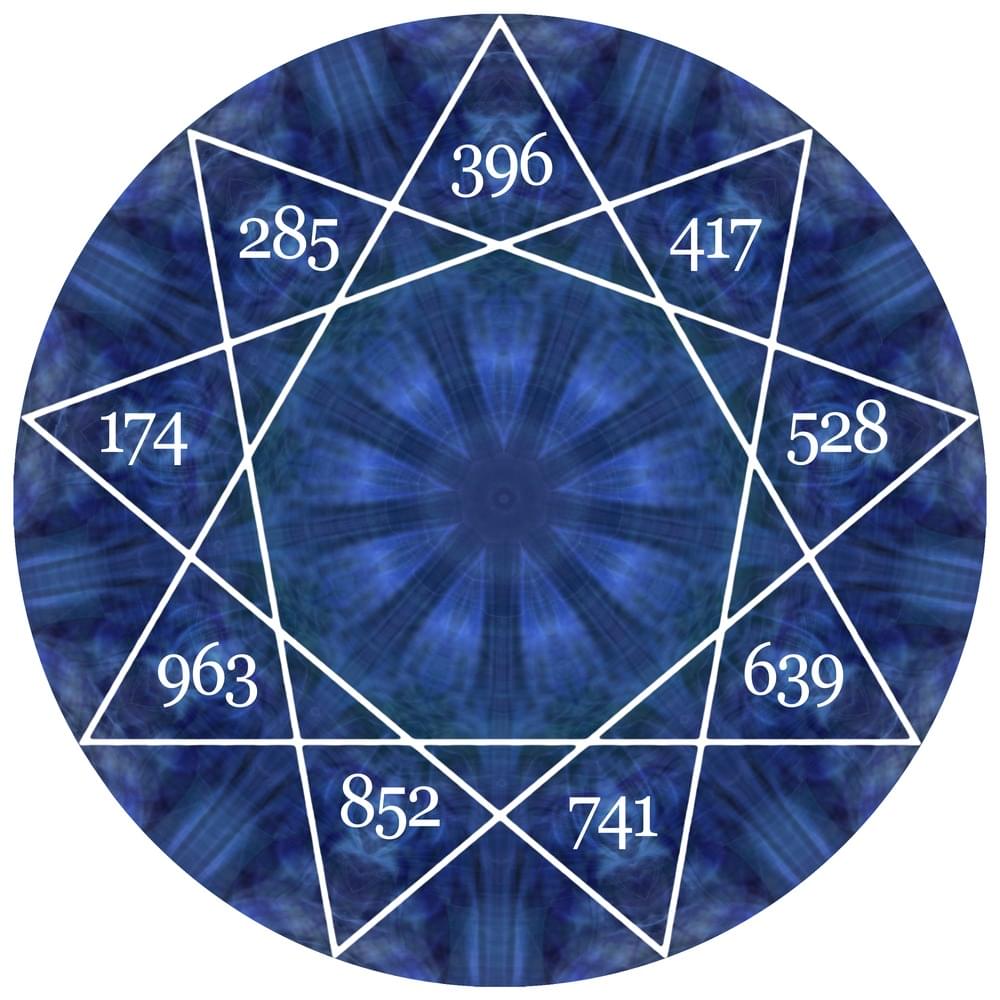Benefits of music based on the nine Solfeggio frequencies and brainwaves
According to an Italian study, music tuned to 432 Hz slows the heart rate compared with 440 Hz. Suitable for yoga, gentle exercise, meditation, or sleep, it fills the mind with feelings of peace and well-being.
Even after listening to music tuned to 528 Hz for five minutes, a Japanese study, found that it significantly reduced stress in the endocrine system and autonomic nervous system.
Researchers found that the frequency of 528 Hz reduced the toxic effects of ethanol, the main ingredient in alcoholic drinks. Furthermore, this frequency increased cell life by about 20 percent.
A study in 2019 in the USA found that Solfeggio frequencies are effective for healing DNA physical, generational, and emotional trauma.
Delta and Theta brainwaves are shown to improve sleep quality in a study by Institute of Movement and Neurosciences, Germany.
Tomio Hirai reported on a study of forty Zen monks in the book “Zen Meditation and Psychotherapy” revealed that the results of a Brainwaves study showed:
Beginners consistently produced alpha waves at 11 or 12 Hz, consistent with the patterns demonstrated by novice Buddhist monks who consistently produced alpha waves (10 to 12 Hz).
Meditators with more experience produced alpha brainwaves that shifted in frequency, amplitude, and persistence similar to moderately experienced meditators (ten to twenty years’ experience).
Advanced meditators consistently produced theta frequencies in the range of 5 to 6 Hz, similar to those experienced by very experienced meditators (twenty to forty years’ experience).
Following is a Brain Monitor graph of a Brainwave study that includes both non-meditators and brainwave meditators. While they had only been doing brainwave meditation for less than seven years, they consistently display brainwave patterns consistent with advanced meditationists (twenty years’ experience). This represents a four-fold acceleration over classical meditation.

Solfeggio Frequencies
174 Hz – Relieving Pain and Stress
Pain can be relieved, stress can be reduced, and concentration can be improved by using 174 Hz. It’s been said to offer a sense of security to the organs in the body, and it can be particularly beneficial to those experiencing lower back, leg, and foot pain.
285 Hz – Healing Tissue and Organs
Minor injuries and wounds in the body can be treated using the 285Hz frequency. It is said to repair cells and fix damage to organs.
396 Hz – Liberating Guilt and Fear
A frequency of 396 Hz is the most beneficial for those who struggle with loss. Guilt, fear, and grief can be alleviated by this frequency.
417 Hz – Undoing Situations and Facilitating Change
A 417 Hz frequency marks a new beginning, removing negative energy from the body, home, and workplace.
528 Hz – Transformation and Miracles
One of the most powerful frequencies, 528 Hz has a profound effect on our wellbeing. Intuition, imagination, and intention can be activated by this frequency. As the ‘love frequency’, it awakens spirituality.
639 Hz – Connecting Relationships
639 Hz can strengthen your connections and repair tumultuous relationships with family, friends, and the community.
741 Hz – Awakening Intuition
The frequency 741 Hz is highly beneficial for intuition and problem solving. As well as providing mental clarity, it can also provide pain relief.
852 Hz – Returning to Spiritual Order
852 Hz is considered to rebalance your spirituality. Connecting to the universe and your own consciousness will be an enriching experience for you.
963 Hz – Divine Consciousness or Enlightenment
A frequency of 963 Hz is considered to be the ‘frequency of the gods’, the highest among the 9 main frequencies. It can create room for oneness and unity with the spiritual world.
Brainwaves

GAMMA (30 to 100 Hz)
Gamma brain waves are fascinating. First because they disappear during anesthesia, suggesting an intrinsic relationship to consciousness itself, but also because they abound in the brains of Tibetan monks, who are long-term loving kindness meditators. So gamma waves seem to be central to harmony— perhaps even the brainwave signature of compassion itself. Gamma arises while processing all that comes in through our senses, as if they are the glue that helps us have a coherent picture of all the sensory data we receive moment to moment. They’ve been found to be linked to heightened perception, extremely creative states of high performance, focus, and clarity, as well as to high intellectual comprehension and acute self-awareness and spiritual insight.
BETA (12 to 38 Hz)
Beta brain waves are produced when we focus our attention on the external world, feel more positive, energetic, goal-oriented, or are immersed in tasks needing our intellect and linear cognitive abilities, such as reading and analyzing this text, categorizing, or planning. Beta states makes us feel more social and witty (they’re related to high speed thinking and processing), and are all about physical and mental readiness, logic, concentration, and focus. Spending time in beta can lead to a really enjoyable mix of anticipation and determination, but it’s also where our busyness and critical self arise. High beta frequencies are as related to excitement as they are to body tension, high arousal, nervousness, rumination, insomnia, addiction, fear, and post traumatic stress disorder.
ALPHA (7 to 12.5 Hz)
Serotonin is released in higher quantities during alpha brainwave states, so there’s a feel-good effect to them—our bodies and minds relax and our emotions are in balance. They are considered a reliable marker for cognitive efficiency and often decrease with aging, which is why they’re tackled in most brain-brightening neurofeedback protocols. Their amplitude naturally increases when we go idle, close our eyes, watch a film, or daydream, so they are associated with states of relaxed awareness and light meditation. Alpha waves are also prominent in peak performance states and are even said to be “the artist brain waves,” so alpha states are usually associated with a mix of creativity and presence. We’re in alpha when our imagination sparks, when we can enjoy our attention being placed on the inner and outer worlds at once, find alternatives and solutions to problems old and new, even experience a sense of increased capacity, deep belonging, and flow. Plus we need a strong alpha in order to remember what happens during states of trance, deep meditation, and dream sleep, so they’re fundamental to our spiritual growth. However, having too many of them can also make you spacey, inattentive, even depressed.
THETA (4 to 7 Hz)
Theta brain waves are naturally occurring during the hypnagogic state (pre-sleep), REM sleep, and often predominate during deep meditation and healing states of visualization, hypnosis, trance, and psychonautic exploration. This brainwave bandwidth is typical when awareness of the information coming in through our physical senses decreases, as we turn our attention inwards and our body rhythms (heart and breathing rates) slow down. It’s the gate to our buried memories, unresolved issues, and emotional trauma, and reviewing this material can sometimes be unpleasant as we might access and feel our raw emotion (previously supressed). Even though REM sleep already serves that purpose, it is important to include deep relaxation exercises in our routines, so healing and restoration of mind can occur. Theta brain waves are related to insight, visualization, and deep states of meditation, although they can also make you drowsy and be responsible for distractibility, moodiness, and lack of focus.
DELTA (0.5 to 3.9 Hz)
Delta brain waves are predominant during dreamless sleep, the phase of the dream cycle also known as “deep wave sleep.” Deep wave sleep is all about growth and preservation of health: the immune system gets strengthened and muscles and tissues are mended. So, too little time spent in this state can be damaging, as the body refills its energy reservoir during this phase. Trained meditators and healers often display stronger delta waves than the standard population during sessions, and often report states of no sensation (even awareness of our bodies can disappear) and deep spiritual connection. Delta brain waves are also considered our connection to intuition and the “seat” of all unconscious processes. If they naturally abound while we are awake, they can make us really empathetic as well as interfere with our cognitive tasks and emotional processing.
EPSILON (0.1 to 0.5 Hz)
Consciousness researcher Dr. Jeffrey Thompson altered conventional EEG equipment to study the extraordinary states of consciousness of seasoned meditators and yogis. He later decided to call one of the uncommon states of consciousness he discovered “Epsilon”—a brainwave pattern even slower than delta. Dr. Thompson measured the range of this pattern to be from below 0.5 Hz (or cycles per second) to as low as one quarter cycle every ten seconds. He also discovered properties of this pattern that led him to believe it to be a carrier wave for the ultra-fast brainwave patterns he observed in other expert meditators, patterns as fast as 200 Hz or more, suggesting a curious circular relationship between the fastest and slowest possible ranges.

